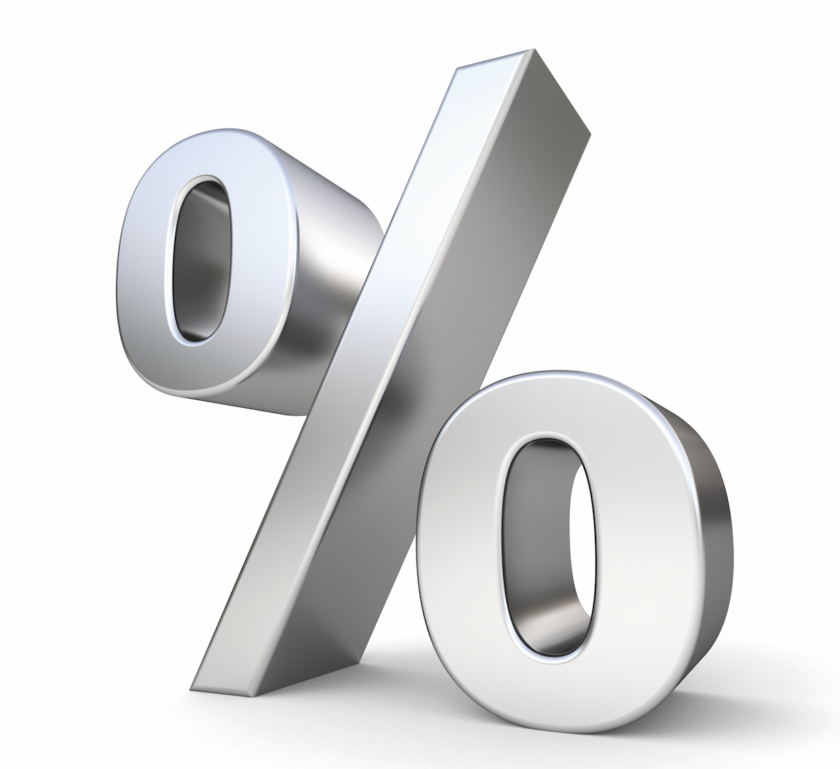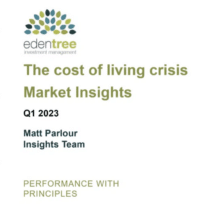UK inflation levels jumped in May, putting the Bank of England under fresh pressure to raise interest rates.
Figures from the Office for National Statistics showed the consumer price index rose by 2.1% in the 12 months to May, up from 1.5% in April – breaching the BoE’s 2% target for the first time in nearly two years.
Rising prices for clothing, fuel, recreational goods and meals and drinks out were behind the increase, as the UK eased lockdown restrictions and consumer spending increased.
The latest figures show inflation is now at its highest level since before the Covid-19 pandemic took hold and came in above analyst expectations, stoking fears that the BoE could look to raise interest rates in response.
Paul Craig, portfolio manager at Quilter Investors, said: “Inflation is on the up, breaching the Bank of England’s 2% target, yet it remains hesitant to respond by reducing the stimulus it has provided and the quantitative easing that has become so addictive for markets.
“For now, this is likely the correct decision as we still expect much of the inflation feeding through to be transitory. Wage increases do appear to be coming through, but again this data is so distorted by the furlough scheme that it can’t be seen as a reliable indicator.
“The data we are getting continues to be noisy and won’t return to normal for some time. Therefore, don’t be surprised to see things run hot for a period while the BoE assesses the impact.”
Derrick Dunne, CEO of Beaufort Investment, commented: “Clearly, an impressive economic recovery is coming. Today’s data once again indicates a promising rise in consumer demand, but the Bank of England may soon have to take tightening measures. Let’s not forget a few years ago when it started cautiously raising the base rate in the face of a post-Brexit inflation surge.
“That being said, the latest delay to our so-called ‘Freedom Day’ and the impending end of the furlough scheme should temper price rises in the short-term, but the breach of the Bank’s stringent 2% target may already be provoking discussion of a monetary policy adjustment.
“Investors should still ensure that their plans can withstand both inflationary pressures and a potential rise of the base rate. At this stage, nothing is off the table.”
However, Luke Bartholomew, senior economist at Aberdeen Standard Investments, said investors need not worry yet.
“Like many economies, the UK is experiencing a sharp increase in inflation as the economy unlocks and various business sectors work through supply bottlenecks and other idiosyncratic quirks. Inflation will likely increase a little more from here in part due to the reversal of the VAT cut for hospitality.
“However, we are not especially concerned that this increase in inflation will persist. Once the one-off effects currently buffeting the economy have passed, inflation should start to moderate as spare capacity weighs on price pressure. So for now there is little reason for investors to worry that the Bank of England will soon be withdrawing its monetary support.”
Markets rose on the news of higher inflation figures, with the FTSE 100 opening to its highest level since February 2020. Experts said the reaction in the markets suggests that inflationary spikes will be temporary.
Jonathan Letham, head of IMX, Nucleus, said: “The inflation spikes we are observing are likely a transitionary phase driven by pent up demand and supply chain issues as economies begin to reopen. So far, the reactions in markets suggest investors agree with global equities broadly retaining gains since the start of the year and US treasury yields actually falling since the US inflation announcement.”
Letham said investors should adopt a longer-term outlook: “Most relevant for clients is the medium to long-term outlook and UK broad markets indicate modest increases in inflation expectations. Of course, we won’t know the outcome of the inflation dynamic for certain until economies fully reopen and we observe the impact of policymakers’ decision making.
“Regardless of the view on whether this inflation phase is transitionary or more entrenched, portfolio construction should take into account the risk of rising inflation. And clients should be prepared for what this risk means for the achievement of their goal.”
Ahmer Tirmizi, senior investment strategist at 7IM, believes investors would be wise to consider value stocks in the current market.
Tirmizi said: “The temptation to act – to do something– will keep growing. And to what end? Sit in cash? No, thank you. Instead, investors need to stay invested to protect their wealth against any inflation, high or low.
“Through effective strategic asset allocation you can still deliver inflation-beating returns. Focus should be on reducing exposure to government bonds, which we know will struggle to deliver returns. Instead, we are tilting portfolios towards our market-leading alternatives. Investors should also look at unloved equities, such as value stocks, that have been waiting over a decade for exactly this world.”
Pensions and purchasing power
May’s inflation figures have also raised concerns around consumer purchasing power amid concerns that rising consumer spending post-Covid will create further inflationary pressures going forward.
Steven Cameron, pensions director at Aegon, said: “With inflation low for so many years, many people have forgotten to fear high inflation and what it means for our savings. Over time, inflation eats into your purchasing power by reducing the value of savings as prices go up.
“If the interest rate earned on savings in the bank is lower than inflation, you’re effectively losing money. This latest rise in inflation may be the incentive for many to invest their savings instead of keeping it in cash, with a more realistic chance of earning a real rate of return.”
Andrew Tully, technical director at Canada Life, warned that the higher inflationary environment could spell trouble for pensioners.
“The rising costs of living can disproportionately affect people with fixed incomes, including retirees who typically live off pension income. Over the course of a 20-year retirement, if inflation averaged 2%, the typical retired household would need to find a further £187 a week to maintain their standard of living, an increase of 48%.”
According to Tully, if inflation averages 2%, a retiree’s buying power could halve over the course of their retirement.
He added: “Building some form of protection against the ravages of inflation is important if people want to maintain their standard of living.
“Very few people currently buy an inflation proofed income at retirement. Using a combination of drawdown and annuity can create the flexibility for people to bank a guaranteed income to pay the bills while also leaving money invested to pay for life’s little luxuries and help protect against inflation.”
The following table shows how the purchasing power of savings left sitting in a savings account paying 0.5% a year in interest will decrease over time at different rates of inflation.



































